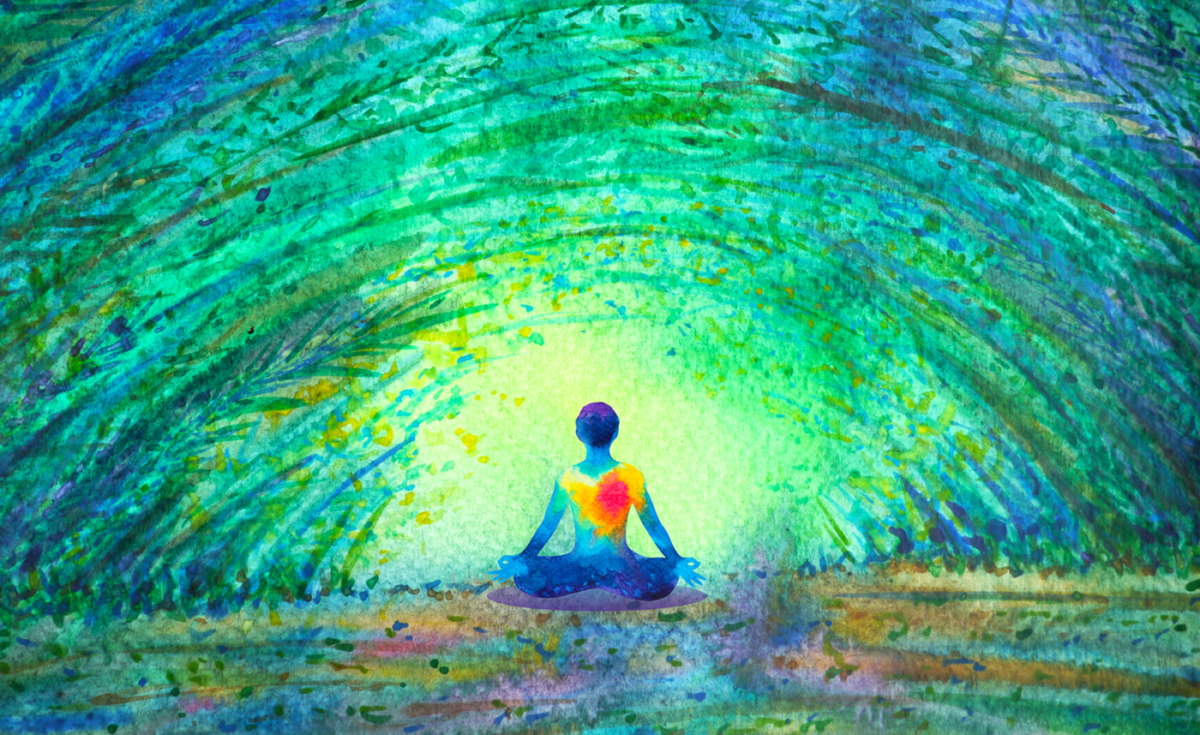Common practices in psychiatric therapy include conversing with a psychologist and following a prescribed medication plan. Many modern mental health centers have incorporated a new method of conversation- Art therapy.
So, what is art therapy? And what do colors actually mean?
- What is art therapy?
The contribution of art therapy is very similar to the concept of conversing with a psychologist, yet a little different! How? It is a different way of communication a person can use without words. It could be through drawing, sculpting, and even miniature gardens. This can be helpful when the person making art expresses their idea in words and proceeds to find ways to translate that into art.
- Dementia patients study
A study observing art therapy in dementia patients asked patients to use colored tiles in different hues and intensities to express their “favorite season” in the form of tiles. Variations in patients’ abilities to self-express, and their use of colors were all attributed to their own perception and the things they notice. One patient decided to draw “autumn”, but chose to incorporate black colored tiles to symbolize that some leaves turn black after falling from the trees.
- Meaning of Color
Art therapy is a creative process that helps psychologists understand the complex personalities and thoughts of their patients without being bound by linguistic capabilities. Psychologists can observe patients’ choice of colors, and question the reason why the patient would choose such a color. Popular media tends to oversimplify our perception of colors, so we may think “since the patient chose the color red, then they must be feeling excitement, or intense feelings!” But that depends on the personal experiences of the patient and their memories that are associated with that color.
- Implications of Color
In art therapy, architecture, or design implications of colors vary. Colors have cultural implications, as well as personal. We could say that violet is the color of royalty as per Queen Elizabeth I, who forbade anyone to wear the color purple except for the royal family, but an ancient Chinese Emperor would beg to differ, as red was considered to be the royal color during several dynasties in China. This contradiction can be witnessed across different cultures and histories, as each civilization has its own memory of a certain color. Green is a color associated with Heaven and nature in the Islamic culture, but it is associated with money and envy in the modern west. Therefore, our perception of autumn can be a mixture of warm red, orange, and yellow hues, when someone in Japan could be thinking that the color black fits just as well within that combination.
Nonetheless, several studies have attempted to reach a conclusion on whether certain colors can induce specific feelings in people, but a lot of these studies were found to be unreliable.
- Common meanings for Red, Blue and Yellow
A common theme that existed across these studies was that people would enter a red room and feel more excited, agitated, and lose their ability to focus, as compared to when they were in a blue room. Similarly, red was associated with excitement, stimulation, and agitation, while blue was associated with peace and tranquility.
Yellow was reported to be a happy and cheerful color, but being in a yellow room hindered people’s ability to be productive, as the hue was too glaring. Of course, such studies did not consider variations in lighting and color intensity, which also have to be considered, if we wanted to give a certain hue a certain characteristic, or an emotional reaction.
- Perception of color
There could be an interesting application for us if we were to look back at our own perception of color. We could self-reflect on our own impressions of color, and ask ourselves Why does this color make me feel that way? Which could be an interesting meditative practice that helps us know ourselves better, and think back on our own experiences with color. We could try painting, coloring, and constructing sculptures using simple tools, and experience the healing properties of art therapy, which is free of moral judgment, allows us to use our five senses more freely, allows us to communicate in different ways, and brings about joy when receiving praise after completing a creation.
Which colors make you feel differently than others?





You must be logged in to post a comment.